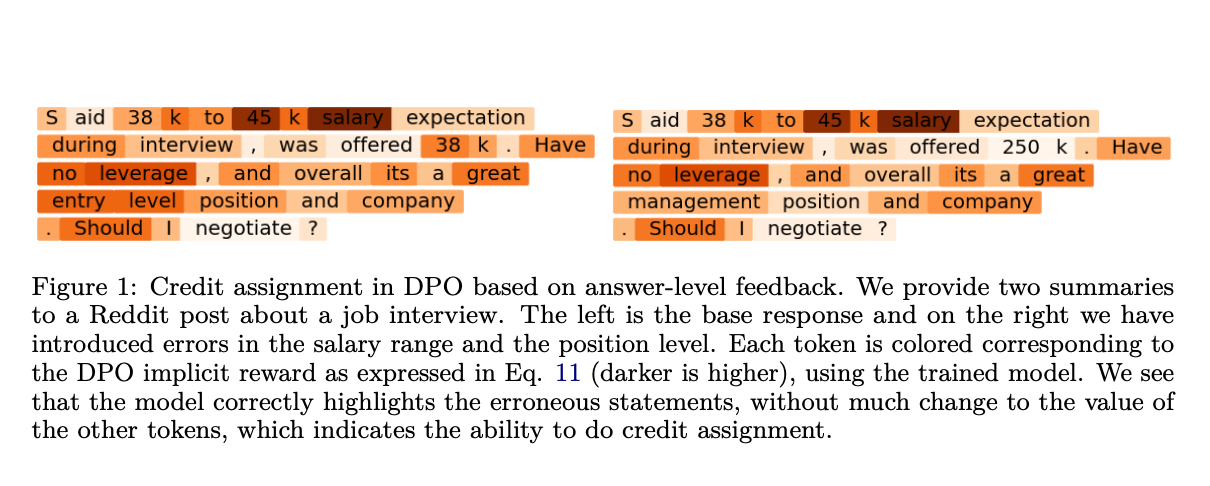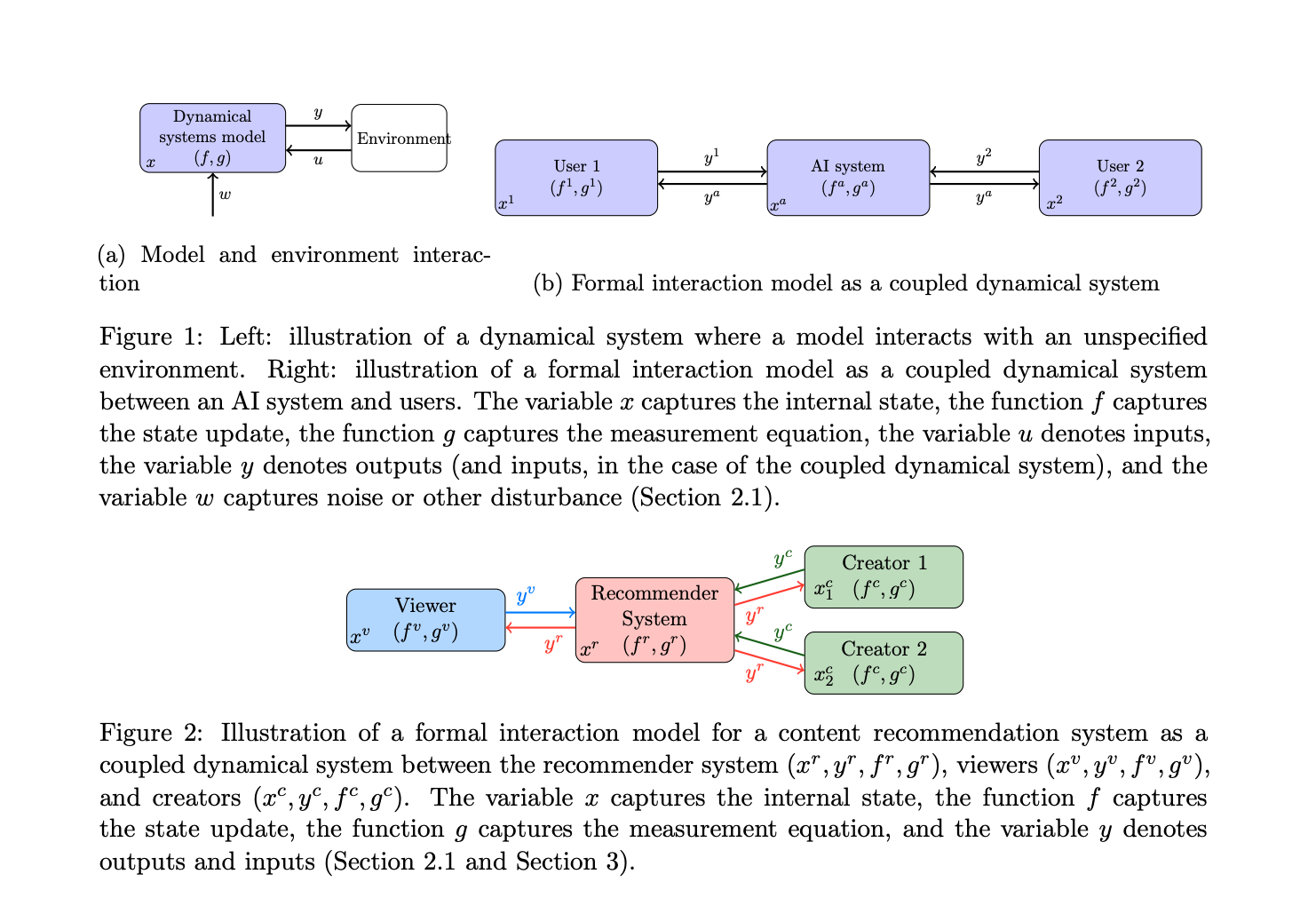Lumina-T2X: A Unified AI Framework for Text to Any Modality Generation

Creating vivid images, dynamic videos, detailed 3D images, and synthesized speech from textual descriptions is complex. Most existing models need help to perform well across all these modalities. They either produce low-quality outputs, are slow, or require significant computational resources. This complexity has limited the ability to efficiently generate diverse, high-quality media from text.
Currently, some solutions can handle individual tasks such as text-to-image or text-to-video generation. However, these solutions often must be combined with other models to achieve the desired result. They usually demand high computational power, making them less accessible for widespread use. These models also need to be revised regarding the quality and resolution of the generated content, and they often need help to handle multi-modal tasks efficiently.
Lumina-T2X addresses these challenges by introducing a series of Diffusion Transformers capable of converting text into various forms of media, including images, videos, multi-view 3D images, and synthesized speech. The Flow-based Large Diffusion Transformer (Flag-DiT) is at its core, which can support up to 7 billion parameters and handle sequences up to 128,000 tokens long. This model integrates different media types into a unified token space, allowing it to generate outputs at any resolution, aspect ratio, and duration.
Demo outputs with prompts below:
One of the standout features of Lumina-T2X is its ability to encode any modality into a 1-D token sequence, whether an image, a video, a 3D object view, or a speech spectrogram. It introduces unique tokens, such as [nextline] and [nextframe], enabling it to generate high-resolution content beyond the resolutions it was trained on. This means it can produce images and videos with resolutions not seen during training, ensuring high-quality outputs even for out-of-domain resolutions.
Lumina-T2X demonstrates faster training convergence and stable dynamics due to advanced techniques like RoPE, RMSNorm, and KQ-norm. It is designed to require fewer computational resources while maintaining high performance. For instance, the default configuration of Lumina-T2I, with a 5B Flag-DiT and a 7B LLaMA as the text encoder, only needs 35% of the computational resources compared to other leading models. This efficiency does not compromise quality, as the model generates high-resolution images and coherent videos using meticulously curated text-image and text-video pairs.
In conclusion, Lumina-T2X offers a powerful and efficient solution for generating diverse media from textual descriptions. Integrating advanced techniques and supporting multiple modalities within a single framework addresses the limitations of existing models. Its ability to produce high-quality outputs with lower computational demands makes it a promising tool for various applications in media generation.
Niharika is a Technical consulting intern at Marktechpost. She is a third year undergraduate, currently pursuing her B.Tech from Indian Institute of Technology(IIT), Kharagpur. She is a highly enthusiastic individual with a keen interest in Machine learning, Data science and AI and an avid reader of the latest developments in these fields.












